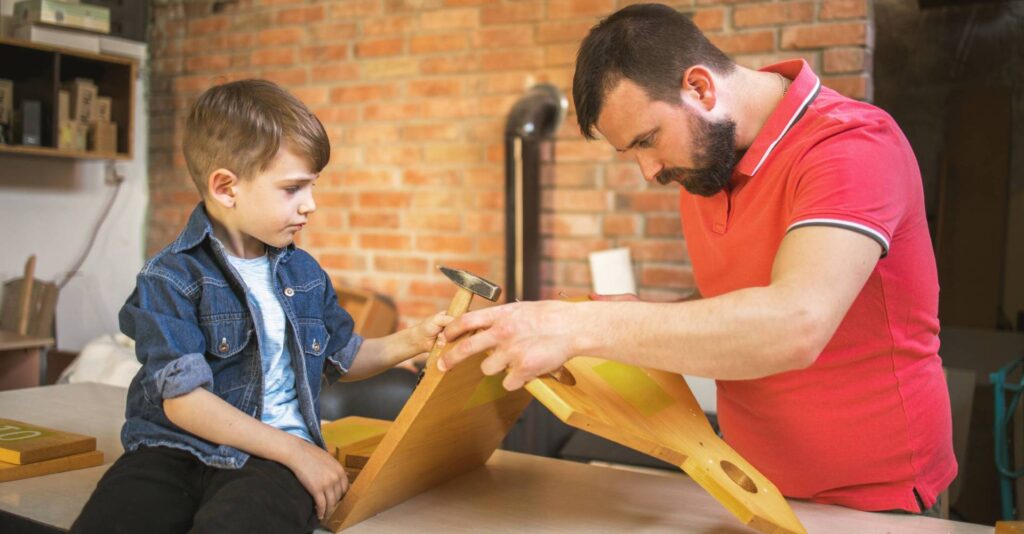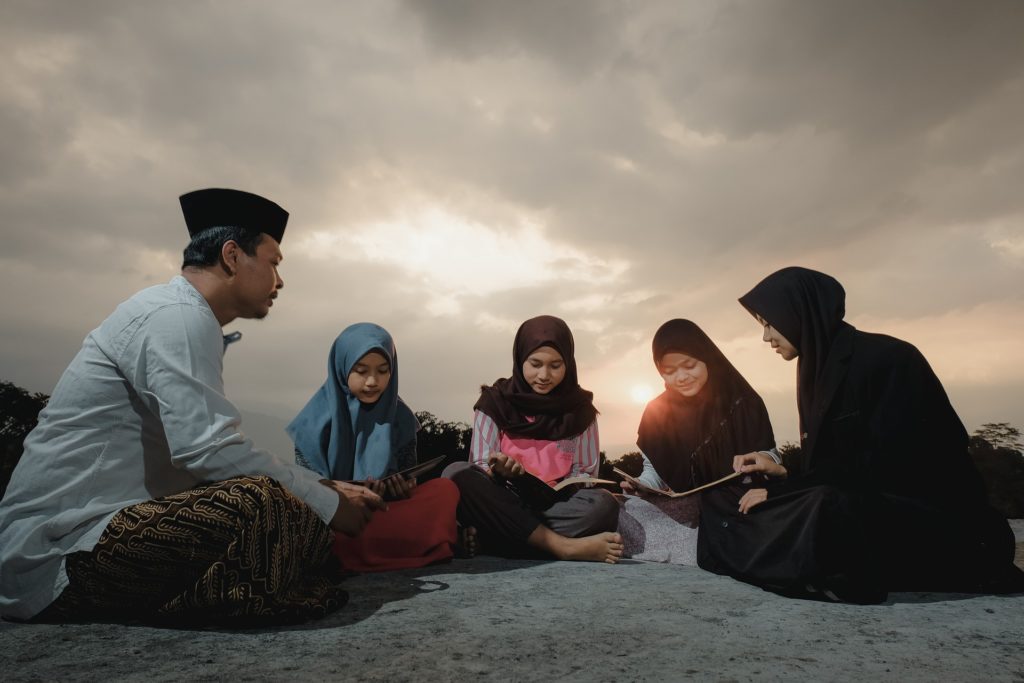
Learning

A pathway for people to construct knowledge, acquire skills, and develop attitudes. Learning domains include cognition, affection, and behavior leading to change.
Story: Is School Necessary?
Teacher: Good morning, sir. I’m here to talk to you about your son’s education.
Mr. Birchwood: What about it?
Teacher: I think it would be a good idea for your son to attend school. He could learn many things that would benefit him in the future.
Mr. Birchwood: What kind of things?
Teacher: Math, reading, writing, science, history. He could also learn essential life skills, like problem-solving and critical thinking.
Mr. Birchwood: But he’s already learning. He helps me with my carpentry work. He’s going to be a great carpenter one day.
Teacher: I’m sure he’s learning a lot from you, but formal education can give him even more opportunities. Who knows, maybe he could even become an engineer or an architect one day.
Mr. Birchwood: I’ll think about it. But I still believe my son will be a better carpenter if he learns on the job.
Teacher: I understand your perspective, but there’s value in both traditional learning and on-the-job training. It doesn’t have to be one or the other. Your son could benefit from both.
Mr. Birchwood: I’ll consider it. Thank you for your time.

Why does it matter?
Examples from the Bible
- Observe how the Law in Exodus 22:1-15 is given using real-life situations instead of just concepts.
- Jesus used the story of Peter himself as a fisherman to emphasize his calling to gather people (fisher of men) to be reconciled back to God (Matthew 4:18-20).
- Jesus quoted an Old Testament passage to introduce his calling and purpose of why God the Father has sent him to bring good news to the poor (Luke 4:18-19).
- In the same pattern, Jesus talked to Nicodemus about his purpose of coming to become the ultimate sacrifice for the atonement of sin through quoting a passage from the Mosaic Law (John 3:1-21).
- God uses the “wilderness” to reveal himself to Abraham, Moses, the Israelites, John, and Jesus. God uses something negative in the eyes of humans, like desert or wilderness, to show His power and that nothing is impossible in Him.
- Jesus amazed the people with his teaching. His teaching was backed up by his life and deeds (Matthew 7:28-29).
Real-life examples
- In a local Indonesian Bible school, students are more enthusiastic when they hear real-life stories about the topic we are discussing. They are more engaged in class discussions if asked to share their experience rather than just sharing ideas or opinions on a topic. The teacher would repeat some topics, giving them another angle that leads to better retention.
- A teacher in a Philippine seminary stopped giving exams to his students. Instead, he gave them practical assignments (often social experiments in groups) to record and share the results in a messaging app with the class during the week. This method significantly increased participation, excitement, and the learning experience of the course.
- On a small island of East Timor, where people have less access to literature, about 20 young adult health volunteers were trained to prevent some communicable diseases and first aid procedures. Most of them learned faster during the training’s second phase, which was primarily practical.
Relevance

Knowing the learning patterns of the people would allow a cross-cultural witness to use relevant strategies in disciplining the locals so that those strategies will retain in their memories. Eventually, they will grow in their faith.
This trait of orality is fundamental to know so that a teacher will develop a sound methodology in teaching in a local seminary or Bible school. This will allow the teachers to consider repetition of materials, using arts in instructions, etc.
Recognizing and using the many most appropriate learning patterns possible is important to contextually enhance understanding and memorization. Being able to use multiple learning patterns is the key to transformational teaching.
Orality preference continuum
Learning from written text is a clear differentiating factor in the continuum between HOR and LOR people groups.
Other tendencies that can also be observed are that HOR cultures almost exclusively prefer learning from concrete examples and in groups.
For LOR learners, text changed the way of learning. On the very LOR end of the spectrum, they prefer to study as individuals in a study room where they learn conceptual ideas from books.
For a more nuanced understanding of learning, this table can help.
| Very high | High | Low | Very low |
|---|---|---|---|
| People are totally dependent on oral processes. | While people depend on oral processes but appreciate storing a message in text and other LOR forms. | People are dependent on printed materials but open to oral interactions for opinions. | People require printed or digital materials. |
| The oral process gives sufficient clarity. | Oral processes could use some precision through text. | People prefer the precision and clarity of the written text. | Reading & writing are required to make the message clear. |
| This group uses repetitive formulae to ground the thought/message (same message repeatedly). | This group can also introduce new ideas to a narrative on specific issues. | A topic must be further completed, grounded in a motif (repeated theme or message). | One topic is studied from different angles adding more details and depth. |
| Learning happens in groups. The whole group advances together, and nobody is left behind. | Social learning is preferred, but individuals are compelled to achieve more to be competitive in the job market. | Most learning is done individually, but the group is appreciated for correction or as a source of inspiration. | Individual learning has priority, and competition among learners is a tool. |
| Learning mainly happens on the go in everyday activities and is very concrete/situational. | Learning is divided between informal and formal education. | Formal learning is the academic way of gathering knowledge, while informal learning happens at home. | Learning happens almost exclusively in formal settings and is very abstract/conceptual. |
What has been discovered?
People need to construct their own “new knowledge” for long-term learning.1
Adult learning tends to require a person to want to learn something new. One way of getting people to that point is to bring them to a point where they must see their current understanding or situation must change for a more positive future (a disorienting dilemma). That comes most powerfully in a collective setting as they discover others are in the same place. HOR must do this together. LOR should.2
Narrative-based learning is one of the most powerful tools. Narrative is not just telling stories. Narratives come in all art forms. To get the whole narrative picture, stare at Mona Lisa, listen to K-Pop (or just watch your worship team in a large church!).
Colonizers and missionaries set in motion learning methods that are now being corrected. Rote learning was THE learning method.3
People need a challenge to their “status quo” that sends them searching for answers.
Transforming the mind, heart, and behaviors comes by personally finding new knowledge and skills to put it all into practice.
Only with deep engagement is there deep learning and life change.
Learning in oral cultures is close to the human lifeworld. HOR cultures remember information that is familiar to their surroundings and their own life experiences.4
Learning can happen in isolation as an individual. Most people learn when they engage together in the learning process.

Additional resources
- Discover more about Learning through our training materials at Orality.Academy!
- Watch Charles Madinger moderating this webinar discussion about Orality & Education.
- The Biggest Myth In Education.
- Perry Shaw et al., Teaching across Cultures: A Global Christian Perspective (Carlisle, Cumbria, UK: Langham Creative Projects, 2021).
- Bruner, Jerome. “From joint attention to the meeting of minds: An introduction.” Joint attention: Its origins and role in development (1995): 1-14. ↩︎
- Mezirow, Jack. “An overview on transformative learning.” Lifelong learning (2008): 40-54. ↩︎
- Woolman, David C. “Educational reconstruction and post-colonial curriculum development: A comparative study of four African countries.” International Education Journal 2, no. 5 (2001): 27-46. ↩︎
- Walter J Ong, Orality and literacy: the technologizing of the word (London: NY: Routledge, 2002), 42-43. ↩︎
